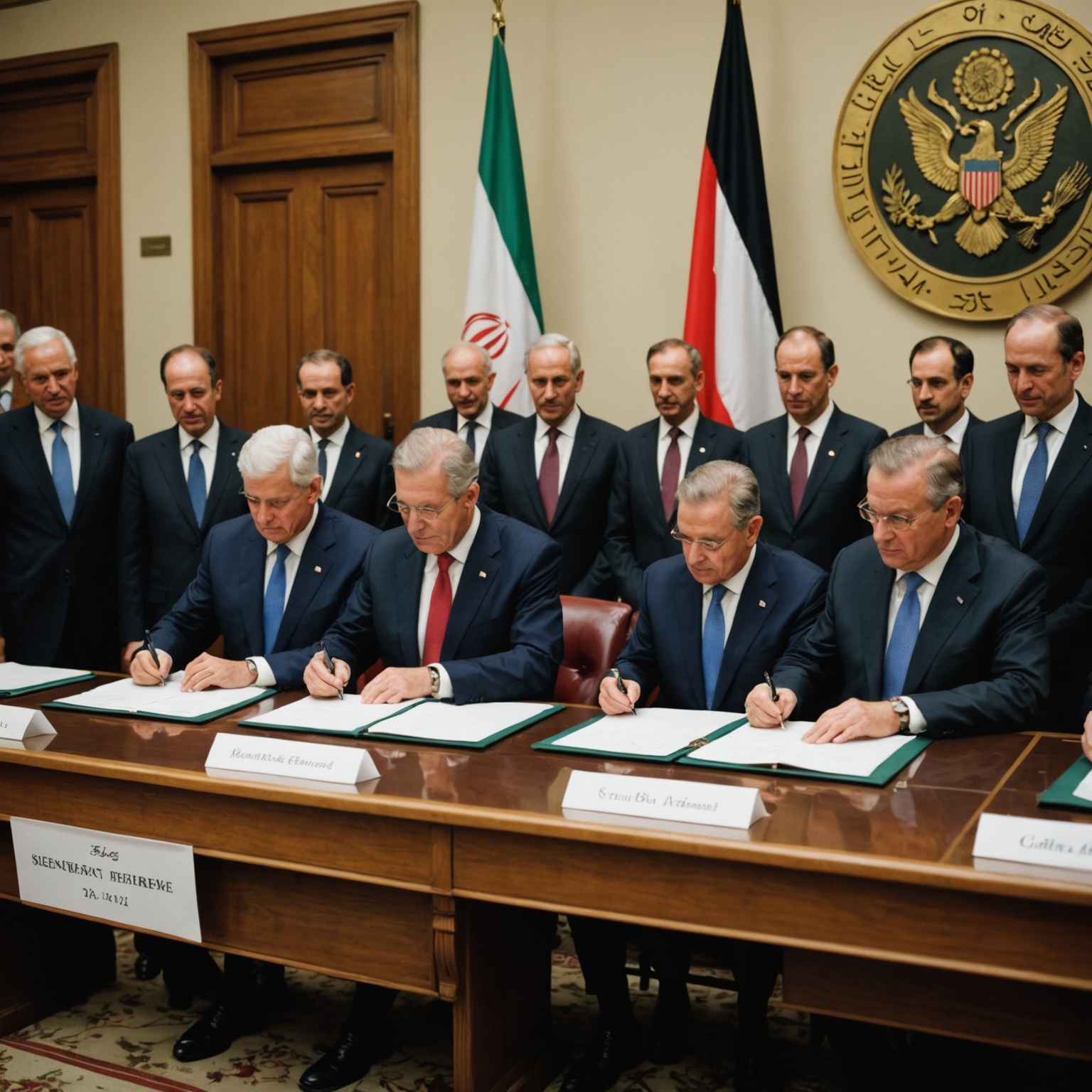Historic Peace Agreement Signed in the Middle East

Historic Peace Agreement Signed in the Middle East
The Middle East has witnessed a monumental moment in its history with the signing of a peace agreement that aims to conclude decades of discord and conflict among its nations. This article explores the implications of the peace deal, its impact on regional stability, and the potential benefits for the global community.
Understanding the Historical Context
The Middle East has been a region of complex political dynamics and conflicts fueled by territorial disputes, religious tensions, and geopolitical interests. The roots of these conflicts date back to the early 20th century, making the recent peace agreement a significant breakthrough in diplomatic efforts.
This section delves into the historical conflicts in the region, examining the underlying causes and the long journey toward peace. It discusses the roles of various regional players and how shifting international alliances have shaped the path to reconciliation.
The agreement signifies not just the cessation of hostilities but also the beginning of a new framework for cooperation. It highlights the diplomatic negotiations and the strategic compromises made by the countries involved to reach a consensus.
The Key Components of the Peace Agreement
The peace deal comprises several critical components that address the major issues at the heart of the conflict. These include territorial disputes, security arrangements, economic cooperation, and the protection of religious sites.
Each aspect of the agreement is crafted to ensure that all parties feel secure and acknowledged. This part of the article explains these components in detail, providing insights into how they contribute to a sustainable peace process.








